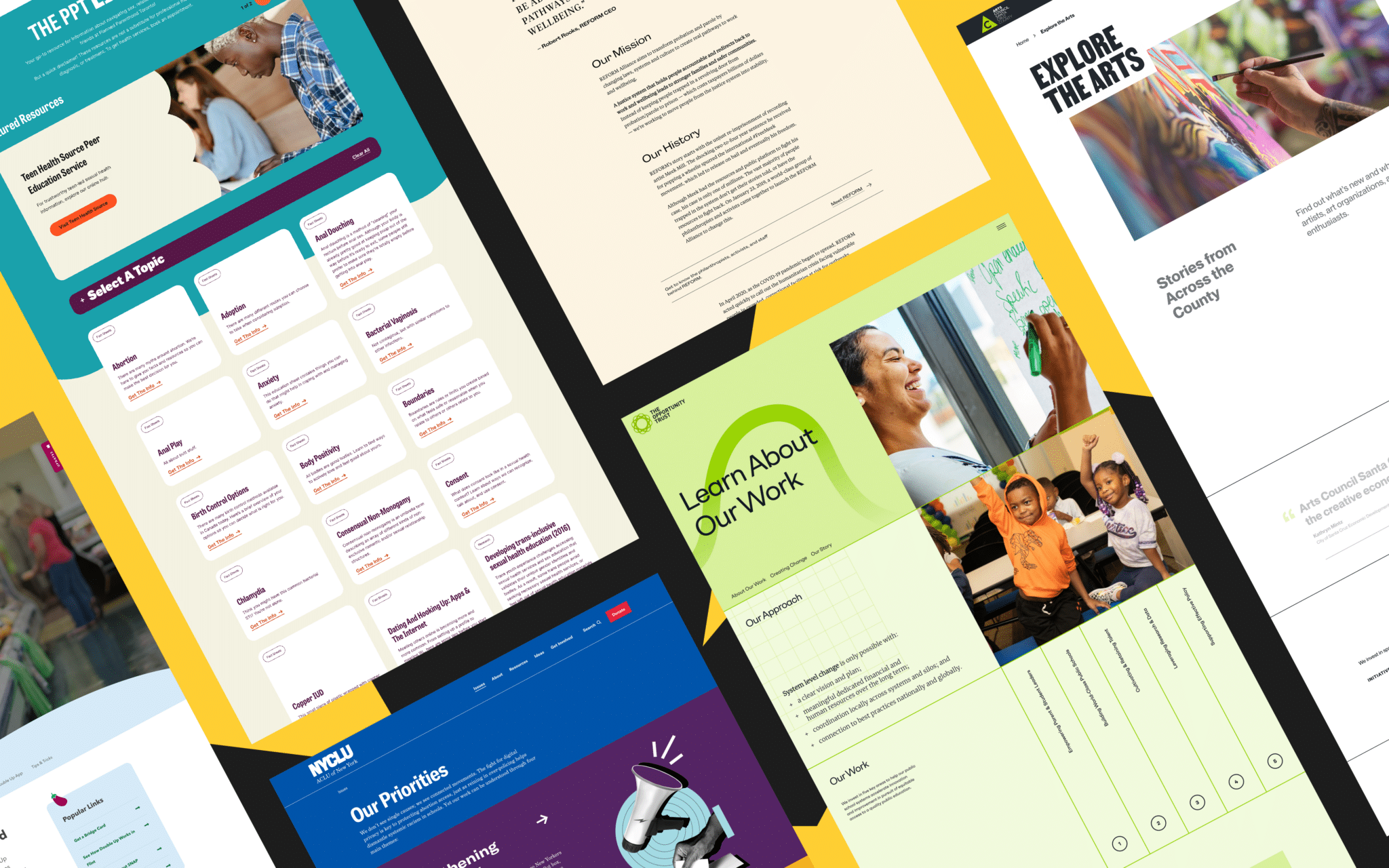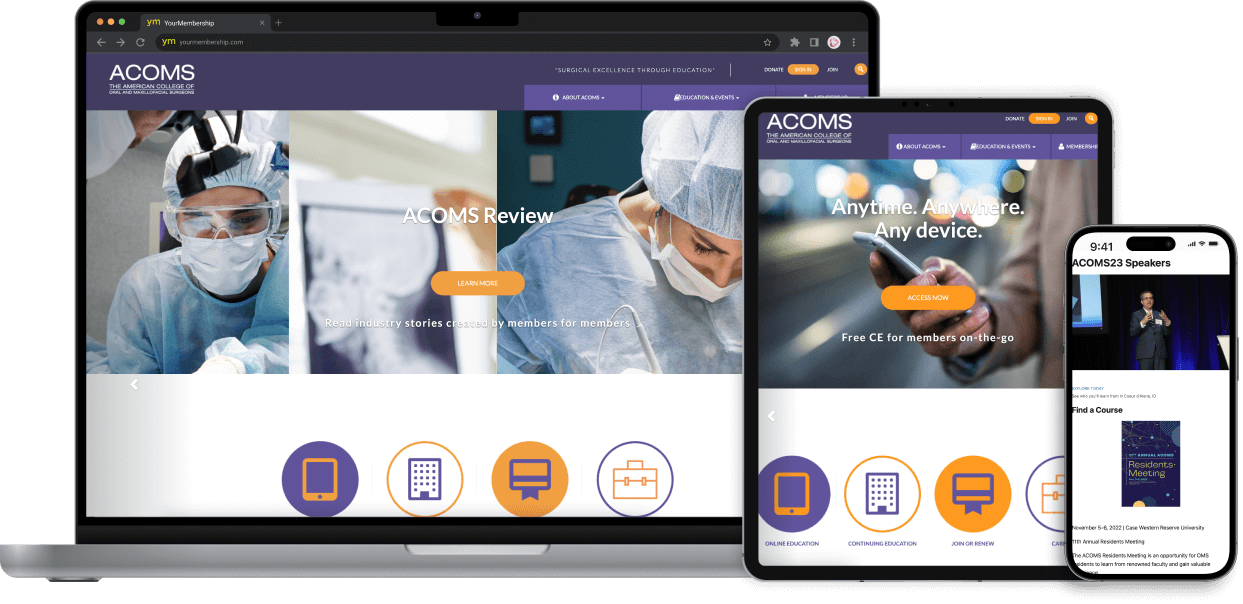The Ultimate Guide to Modern Internet Site Layout Trends
In the ever-evolving electronic landscape, modern-day website layout trends play a crucial duty in shaping user experience and engagement. From the surge of minimalist layout concepts that focus on simpleness to the influence of bold typography in defining brand name identity, each component adds to a cohesive on-line visibility.
Minimalist Design Concepts
Minimalist design principles highlight the concept that much less is a lot more, supporting for simpleness and performance in aesthetic interaction. This method remove unneeded elements, concentrating rather on essential parts that communicate the desired message effectively. By prioritizing clarity, minimal design enhances individual experience, enabling site visitors to browse websites easily.
Core tenets of minimalist layout consist of using ample white space, which produces a feeling of balance and organization. This negative area not only directs the audience's attention to essential elements but also fosters a soothing visual environment. In addition, a minimal color palette is often utilized, using soft tones or single plans to maintain visual cohesion and avoid frustrating the user.
Typography plays an essential function in minimal design, where clear font styles are chosen for their simplicity and efficiency in communicating content. Graphics and pictures are utilized moderately, ensuring that they serve a purpose as opposed to sidetrack from the overall message. Ultimately, minimal layout principles cultivate a focused setting that encourages customers to involve with the material, improving the general performance of modern site layout. This pattern shows a growing appreciation for thoughtful, user-centric looks in digital areas.
Strong Typography Selections
Accepting strong typography choices has actually become a defining quality of modern site style, as it efficiently records attention and shares strong messaging. Designers are progressively utilizing typography not just as a practical element however as a crucial aesthetic element that improves the total aesthetic and individual experience.

Additionally, the association of strong typography with minimal style concepts permits striking contrasts, boosting readability while preserving aesthetic appeal. The usage of whitespace around bold message further highlights its importance, making certain that the message resonates with the audience.
As digital landscapes come to be much more affordable, leveraging bold typography makes it possible for brands to separate themselves and leave a long lasting impact. The careful choice of typefaces and their application can evoke feelings, develop tone, and drive action, making strong typography an essential device in modern-day site design. Inevitably, it is an effective way to enhance narration and make sure that essential messages are not just seen yet additionally really felt.
Receptive and Mobile-first Style
Mobile-first and responsive style has actually emerged as a crucial concept in modern internet site development, mirroring the increasing reliance on smart phones for accessing on the internet web content. As individual habits changes towards mobile browsing, designers have to prioritize producing experiences that adapt effortlessly across various screen sizes and resolutions.
A responsive style makes sure that a web site automatically readjusts its layout, images, and capability click for info based on the gadget being used. This technique enhances individual experience by providing constant navigation and readability, irrespective of whether the site visitor is on a tablet computer, desktop, or smart device computer. In addition, mobile-first layout supporters for developing web sites initially for smaller sized screens, consequently scaling up to larger screens. This technique motivates a more efficient and structured layout procedure, concentrating on necessary content and capability first.
Applying mobile-first and responsive principles not just deals with user preferences however additionally aligns with search engine optimization (SEARCH ENGINE OPTIMIZATION) techniques. Major search engines, like Google, prioritize mobile-friendly sites in their positions, making it vital for companies to embrace these design techniques. In an affordable electronic landscape, welcoming receptive and mobile-first style is not just an option; it is crucial for guaranteeing availability and interaction with a diverse target market.
Involving Microinteractions
Microinteractions play a critical function in boosting customer interaction and general site experience, particularly in the context of mobile-first and receptive layout. These refined design elements offer instant comments to individuals, making interactions more intuitive and pleasurable. Examples include switch computer animations, notification informs, and filling indications, which not just guide customers yet additionally create a feeling of link with the interface.
Including engaging microinteractions can considerably improve use by minimizing cognitive tons. When individuals receive aesthetic or auditory feedback upon carrying out actions, such as clicking a switch or submitting a form, they really feel more certain in their options. This cultivates a smoother navigation experience, ultimately raising individual retention.

As website layout patterns remain to progress, the significance of microinteractions can not be overstated. They act as the subtle yet powerful touchpoints that change average interactions right into phenomenal experiences, consequently elevating the overall performance of modern-day internet layout.
Lasting Web Layout Practices
Sustainable internet style techniques are becoming significantly crucial as the digital landscape grows and environmental problems rise. Developers and developers are recognizing their obligation to create web sites that not only serve customer requirements however also decrease environmental influence. This method encompasses a number of vital approaches.
To start with, optimizing energy intake is critical. Internet sites should be made to fill quickly and efficiently, which reduces server power use and enhances individual experience. Strategies websites such as image compression, decreasing HTTP requests, and making use of modern-day coding techniques contribute dramatically to this objective.
Second of all, choosing eco-friendly organizing service providers is critical - website design. Numerous holding firms are now powered by renewable energy sources, making it possible for websites to operate in a more lasting fashion. This choice reflects a commitment to lowering carbon footprints
Moreover, taking on a minimal layout can boost sustainability. Less components on a page result in less information transfer, which not only accelerates packing times yet likewise saves sources.
Lastly, promoting digital access makes certain that web sites reach a larger audience without unnecessary bloat, aligning user experience with environmental duty. By incorporating these sustainable practices, web designers can contribute positively to both customer involvement and the world's health.
Verdict
In summary, contemporary website style patterns emphasize the combination of minimalist principles, strong typography, and responsive design to boost individual experience. Adopting these trends is important for producing impactful electronic experiences that resonate with individuals in a significantly competitive online landscape.
In the ever-evolving digital landscape, contemporary web site design fads play a vital function in forming individual experience and involvement. By prioritizing clarity, minimal design improves user experience, allowing site visitors to browse sites effortlessly.
Inevitably, minimalist layout concepts cultivate a concentrated environment that motivates individuals to engage with the material, boosting the total performance of modern site layout.Microinteractions play a critical duty in enhancing individual involvement and total website experience, especially in the context of mobile-first and responsive design.In summary, modern web site design patterns highlight the integration of minimal why not find out more concepts, vibrant typography, and responsive layout to improve customer experience.
Comments on “How Website Design Can Drive More Traffic to Your Online Store”